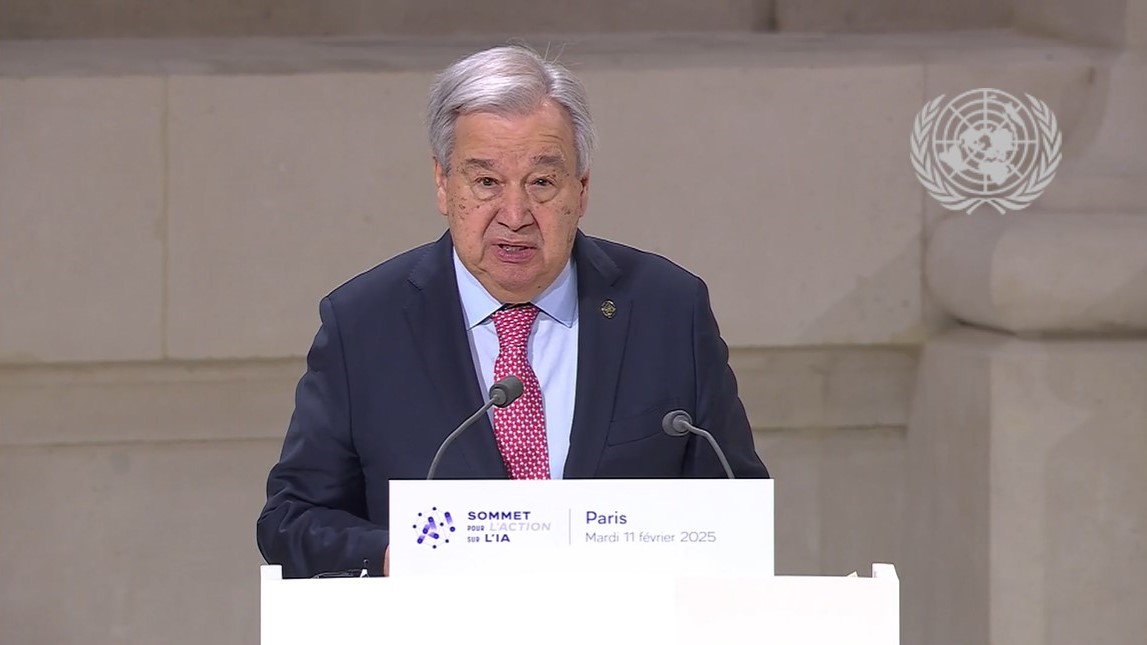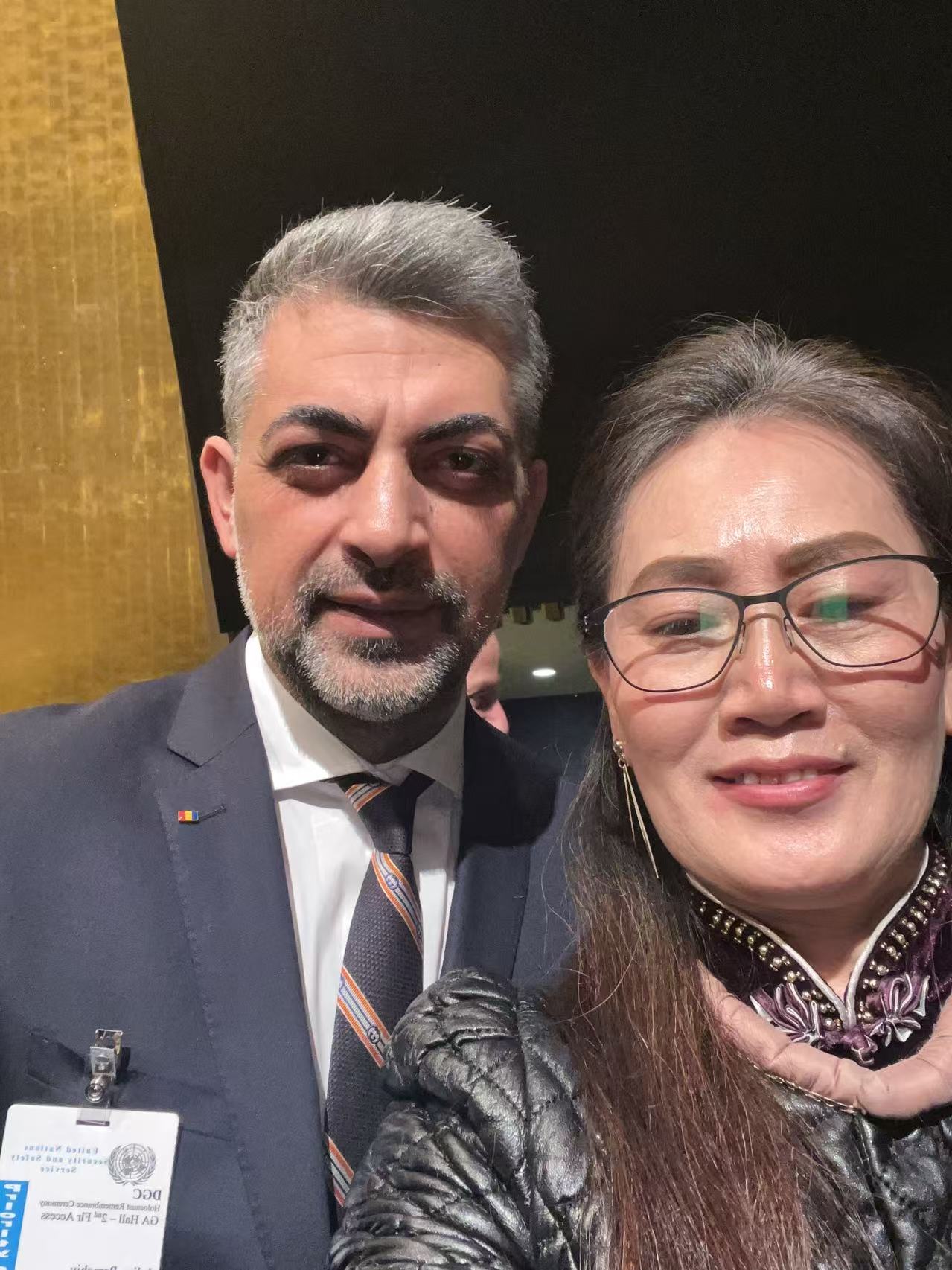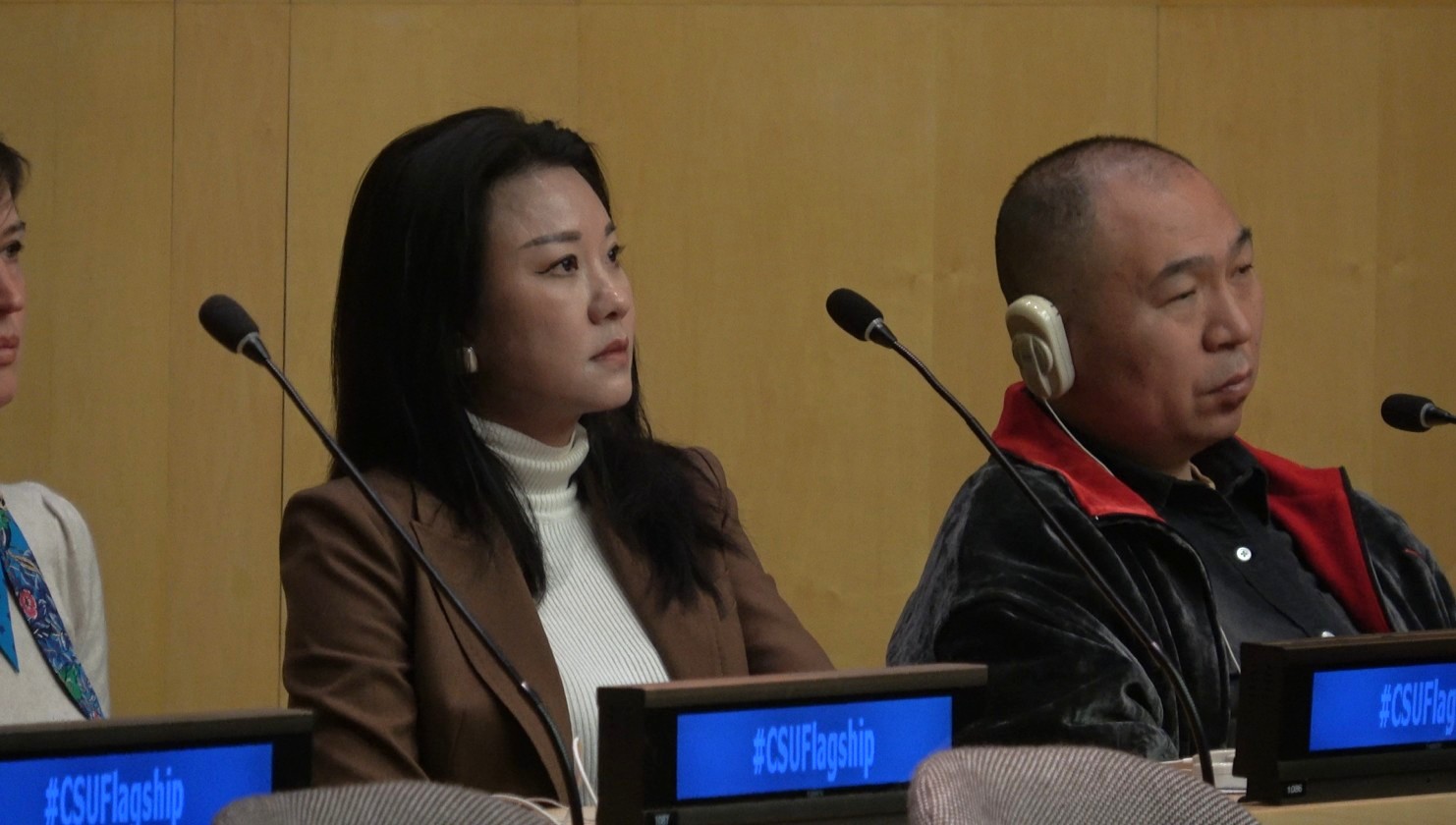 Unsplash/Zdeněk Macháček Biological diversity across the world is under threat due to climate change.
Unsplash/Zdeněk Macháček Biological diversity across the world is under threat due to climate change.
Ten initiatives from around the globe, which together aim to restore more than 68 million hectares of land and coastlines, have been recognized by the UN for their role in preventing and reversing the degradation of natural habitats across the planet.
These groundbreaking efforts were on Tuesday declared World Restoration Flagships at the UN Biodiversity Conference, COP15, in Montréal, Canada, and a virtual gala ceremony.
Spanning 23 countries from Central America to East Asia, they are preserving a combined area bigger than Myanmar, France or Somalia, and seek to create nearly 15 million sustainable jobs.
Countering a triple crisis
They were selected under the banner of the UN Decade on Ecosystem Restoration, which runs through 2030, also the deadline for achieving the Sustainable Development Goals (SDGs).
The UN Environment Programme (UNEP) and the Food and Agriculture Organization (FAO) are the lead agencies for the overarching project.
UNEP Executive Director Inger Andersen said transforming our relationship with nature is key to reversing the triple planetary crisis of climate change, nature and biodiversity loss, and pollution and waste.
“These 10 inaugural World Restoration Flagships show that with political will, science, and collaboration across borders, we can achieve the goals of the UN Decade of Ecosystem Restoration and forge a more sustainable future not only for the planet but also for those of us who call it home,” she added.
Restoring global ecosystems
One million species are at risk of extinction due to degradation of terrestrial and aquatic ecosystems unless countries take action.
Restoring just 15 per cent of ecosystems in priority areas would cut extinctions by 60 per cent, according to scientists.
The initiatives were honoured because they are examples of large-scale and long-term ecosystem restoration, such as the Trinational Atlantic Forest Pact.
The Atlantic Forest once covered a swath of Brazil, Paraguay and Argentina, but has been reduced due to centuries of logging, agricultural expansion and city building.
These activities have threatened many of the ecosystems there, and the animals living in them, including endangered species such as the jaguar, the black and gold howler monkey, and the margay, a small spotted cat.
The pact has resulted in the restoration of some 700,000 hectares across the three countries, thanks to decades of work by hundreds of organizations.
“Inspired by these flagships, we can learn to restore our ecosystems for better production, better nutrition, a better environment and a better life for all, leaving no one behind,” said Qu Dongyu, the FAO Director General.
Making peace with nature
The flagships - described as “the most ambitious, promising, and inspirational examples of making peace with nature” – are now eligible to receive UN support, funding or technical expertise
They were launched at COP15, which continues this week, and a special virtual gala event featuring participants who included actors Jason Momoa and Edward Norton, UN Messenger of Peace Dr. Jane Goodall, and the extreme mountaineer Nirmal Purja.
Mr. Momoa, known to millions worldwide through the ‘Aquaman’ movie, is the UNEP Advocate for Life Below Water, while Mr. Norton, a two-time Academy Award nominee, is the first-ever UN Goodwill Ambassador for Biodiversity.
Regular calls for World Restoration Flagships will be launched through 2030.
In expectation of increased funding to the multi-partner trust fund for the UN Decade of Ecosystem Restoration, additional submissions are being considered, including from Pakistan and Peru, and another focused on Somalia and other drought-affected countries.
 Celebrity Media TV
Celebrity Media TV











